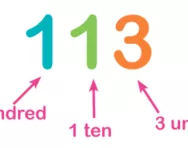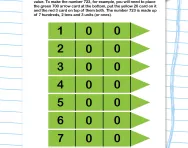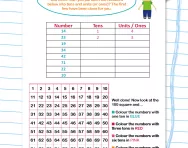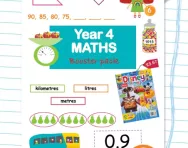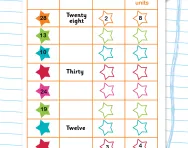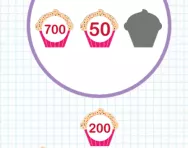Important update from TheSchoolRun
For the past 13 years, TheSchoolRun has been run by a small team of mums working from home, dedicated to providing quality educational resources to primary school parents. Unfortunately, rising supplier costs and falling revenue have made it impossible for us to continue operating, and we’ve had to make the difficult decision to close. The good news: We’ve arranged for another educational provider to take over many of our resources. These will be hosted on a new portal, where the content will be updated and expanded to support your child’s learning.
What this means for subscribers:
- Your subscription is still active, and for now, you can keep using the website as normal — just log in with your usual details to access all our articles and resources*.
- In a few months, all resources will move to the new portal. You’ll continue to have access there until your subscription ends. We’ll send you full details nearer the time.
- As a thank you for your support, we’ll also be sending you 16 primary school eBooks (worth £108.84) to download and keep.
A few changes to be aware of:
- The Learning Journey weekly email has ended, but your child’s plan will still be updated on your dashboard each Monday. Just log in to see the recommended worksheets.
- The 11+ weekly emails have now ended. We sent you all the remaining emails in the series at the end of March — please check your inbox (and spam folder) if you haven’t seen them. You can also follow the full programme here: 11+ Learning Journey.
If you have any questions, please contact us at enquiries@theschoolrun.com. Thank you for being part of our journey it’s been a privilege to support your family’s learning.
*If you need to reset your password, it will still work as usual. Please check your spam folder if the reset email doesn’t appear in your inbox.
Place value practice
What is place value and why is it taught at primary school?
Place value is a fundamental concept in mathematics that helps us understand the numerical value of digits in a number based on their position (or place) within the number.
Each digit's place in a number determines its value relative to the other digits.
Understanding place value helps children grasp the significance of each digit in a number and perform operations like addition, subtraction, multiplication, and division more effectively.
It's a crucial concept for building a strong foundation in mathematics.
What is an example of place value at KS2 level?
Imagine the number 321.
- The 3 is in the ones place. It represents 3 ones.
- The 2 is in the tens place. It represents 2 tens, which is equivalent to 20.
- The 1 is in the hundreds place. It represents 1 hundred, which is equivalent to 100.
So, when we combine these values together, we get the total value of the number:
3 ones + 2 tens + 1 hundred = 321
How will this KS2 place value worksheet help your child?
This place value worksheet, created by an experienced teacher, will help your primary school child identify the place value for units, tens, hundreds, thousands and more. It is a fun, colourful and engaging activity that will help reinforce lesson taught at school.
More place value worksheets, games and resources
Y4 place value grid
Place value grids for KS2
Recognise place value in a three-digit number (tutorial)
Six-digit numbers: place value grids
Two-digit place value arrow cards
Match the place value
Y5 place value quiz
Understanding place value

